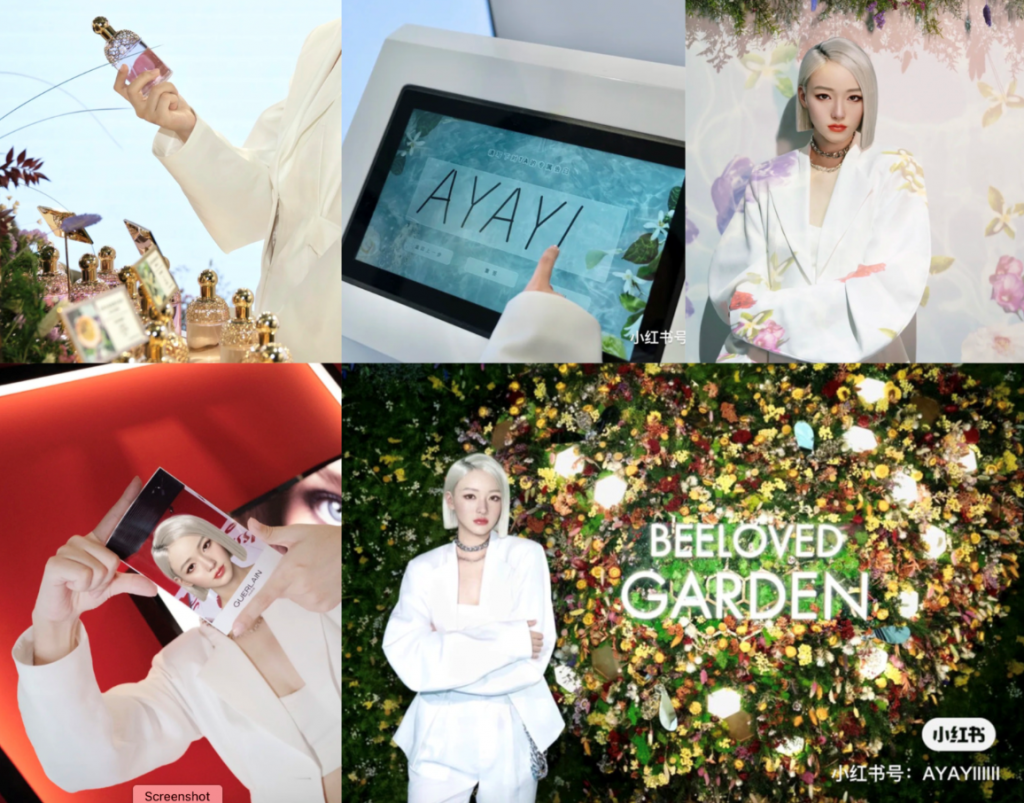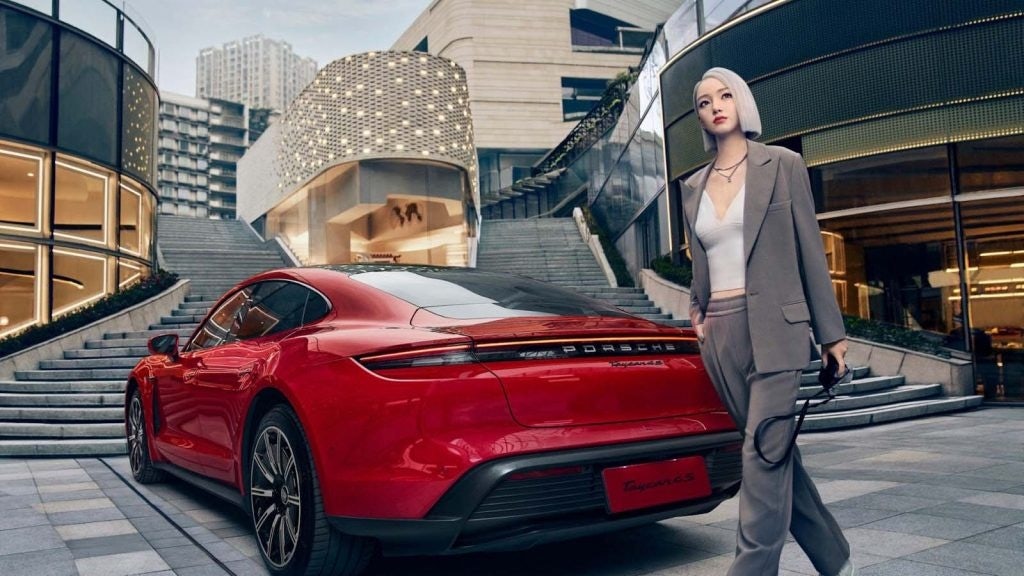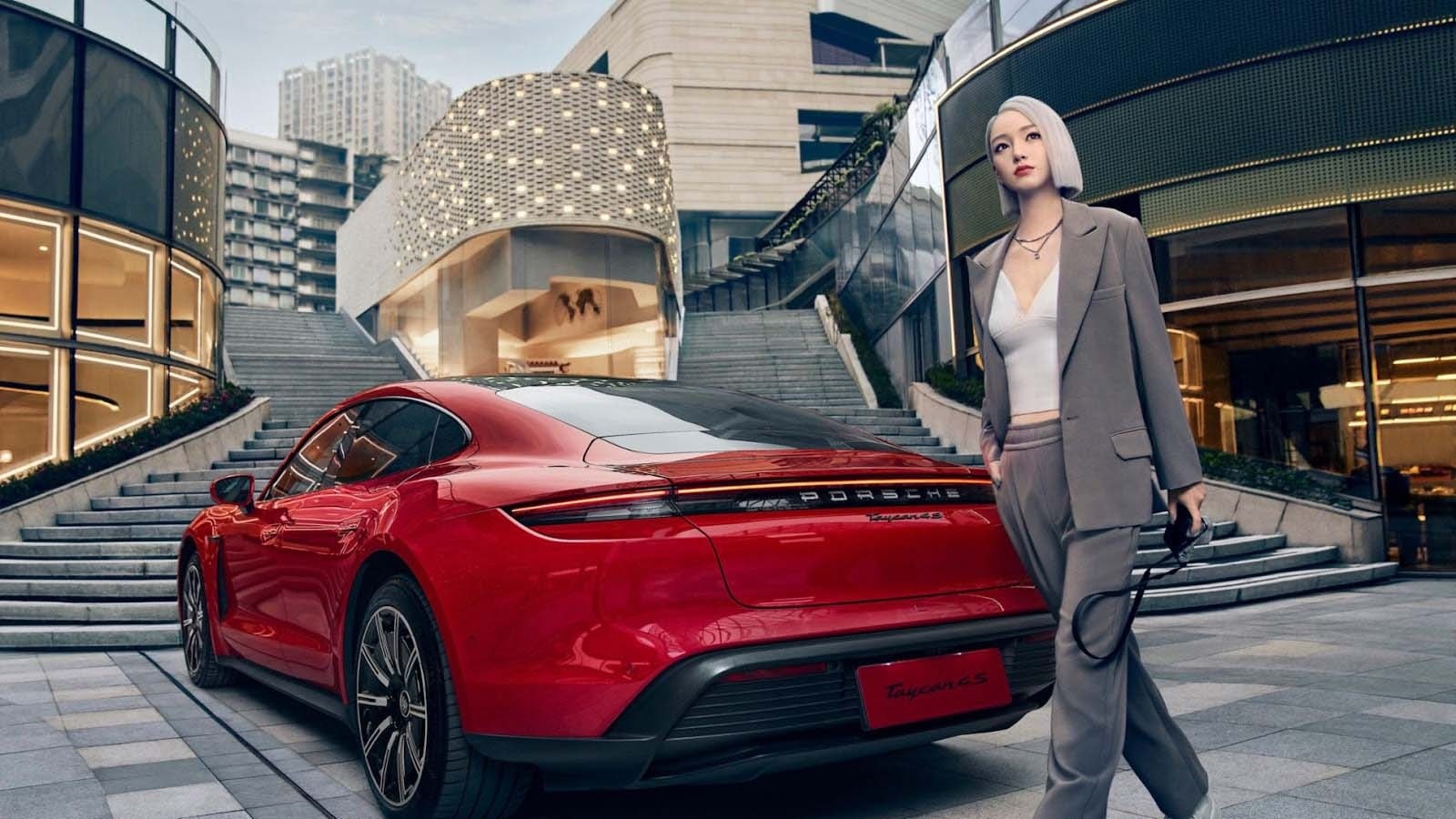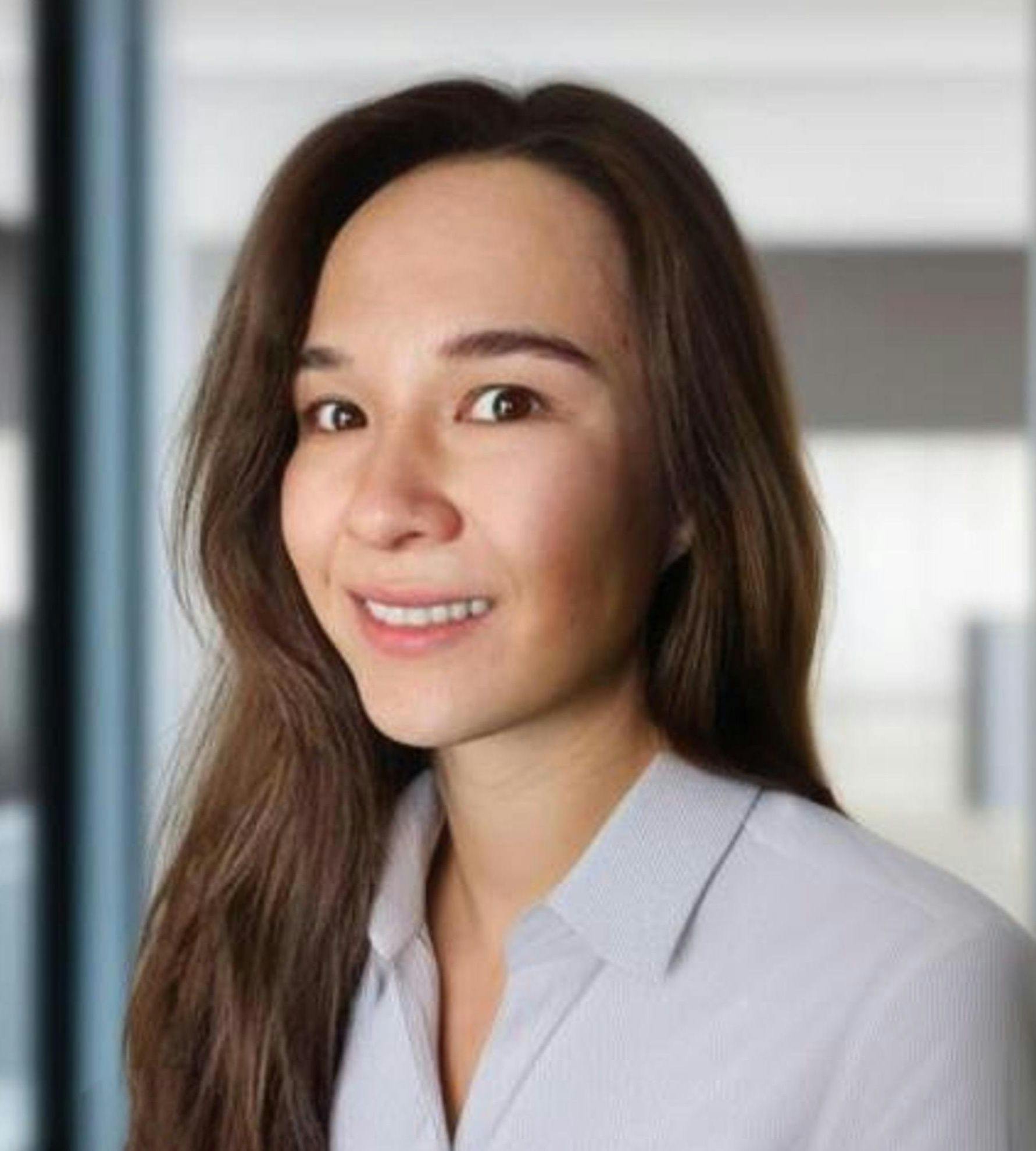Virtual humans in China have partnered with luxury brands like Bulgari, Porsche, Estée Lauder and Tissot. Hot on the heels of AI developments, Chinese tech giants like Baidu and Tencent are developing platforms to facilitate the creation of more virtual humans.
The virtual human market is predicted to reach $440.3 billion by 2031, as reported by Allied Market Research. As China’s Gen Z social media feeds become increasingly imbued with virtual human content and livestreams, let’s take a deep dive on who China’s top virtual humans are, and what their appeal is for consumers and brands alike.
Liu Yexi’s perfect aesthetics#

Liu Yexi is one of the most popular virtual humans in China. She combines some of China’s hottest trends: Douyin-style makeup, traditional Chinese dress called hanfu and a sense of magical mysticism to keep viewers hooked.
She’s a self-described “virtual beauty artist and monster hunter." One month after her debut in October 2021, she had already garnered nearly 9 million followers. Her videos are set within the analog world, blurring the lines between what’s virtual and what’s not. This high level of styling is frequently seen in other virtual human content in China.
“As I create content for both spaces, I find Chinese social media to be more clean-cut and professional. Aesthetically, it’s almost “perfect," says Carla O’Connor, an American influencer who is active in both China (+50,000 followers) and the West, and has partnered with Lululemon and Mercedes. “Western audiences encourage influencers to show up without makeup and in messy hair to share an imperfect opinion over video. I have seen very little succeed like that in China. I see the virtual influencer aesthetic, well-groomed with consistent mannerisms, do very well in China for that reason too.”
One of Liu Yexi’s Douyin videos, blending analog and digital in a mystical world. Video: Liu Yexi's Douyin
Ayayi’s top luxury partnerships#
Having worked with brands like Ferragamo, Prada, Louis Vuitton and Guerlain, Ayayi shines as one of China’s top luxury influencers. "These days luxury brands have to expand their repertoire of aspirational branding, modern consumers are looking beyond authenticity and heritage to find brands that are an embodiment of their own self-expression. In that vein, brands that have character and can convey a distinct attitude or lifestyle hold greater value. Virtual influencers embody precisely these qualities, enabling luxury brands to connect with audiences on a deeper level and foster genuine engagement." says Caroline York, Director of Marketing at Asia's leading brand technology group Gusto Collective
Chinese tech giant Alibaba hired Ayayi as its “first digital human employee.” She also worked as an “interpreter” for the 2022 Beijing Winter Olympics. In many ways, Ayayi is a prime example of the power of the digital influencer. As a virtual human, she gets to be a real blank slate that brands can control, and trust, fully.

Liu Yan, a manager of virtual influencers, spoke to Vice about their self-developed virtual influencer Gina. “With only 5,000 online followers, Gina was miraculously given a $160,000 advertisement deal,” explains Liu.
“It’s impossible for an ordinary KOL to reach such a level. [That is because] The virtual being is a content based product. I don't think virtual influencers will replace real influencers. They will both have their own way to generate different content.”

AI-powered Ling#

Ling has forged collaborations with illustrious brands including Pechoin, Bulgari, Tesla, Centaine and Tissot. Moreover, she has “worked” as Gift Ambassador for Estee Lauder and collaborated with Tesla in a guochao-style advertisement, connecting Tesla’s high-tech to Chinese tradition and aesthetics.
And virtual humans are increasingly using AI to generate their content as well. Ling has started using the “AIGC” hashtag on her Weibo posts, indicating that the content is AI-generated.
Influencer Carla O’Connor says it’s hard to see what’s AI-generated and what’s not these days.
“Placing influencers in real life spaces that people are familiar with really humanizes them,” says O’Connor. “I’ve had to convince many friends that virtual influencers are exactly that — not human — and I think they would get confused with Ling’s content as well. That humanization does help to build a connection and once it’s there, even if they find out she isn’t 'real,' they’re still likely to stick around.”

